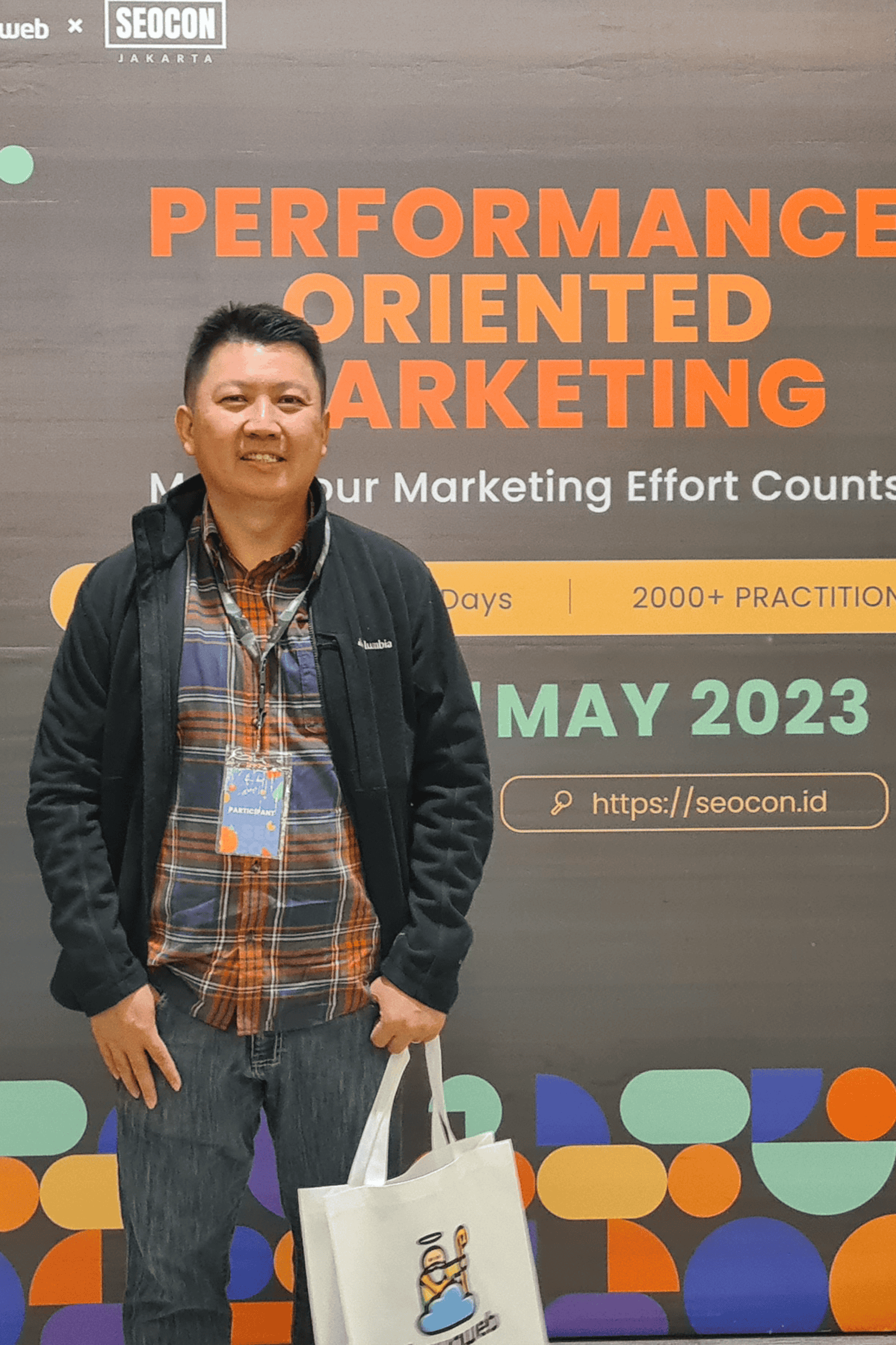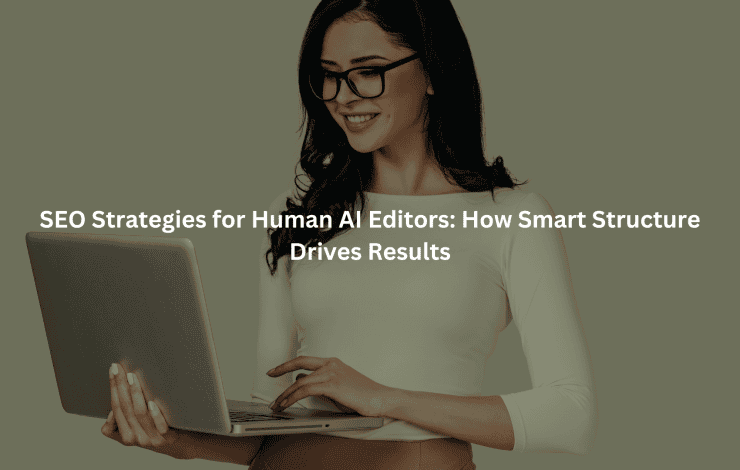You can spot the difference when a real person steps in to edit AI-generated content. There’s this mix, AI crunches numbers, scans keywords, spits out what’s trending, but it’s the human touch that shapes it into something people actually want to read.
The editor picks up on what feels right, what sounds natural, and what’s just plain off. So, you don’t just get content stuffed with keywords. You get writing that’s clear, honest, and probably more interesting. That’s what helps it climb search rankings and keeps readers coming back. It’s not just about clicks. It’s about trust, too.
Key Takeaway
- Working together, AI handles the keyword digging while editors shape the words so people actually care.
- AI speeds up the boring parts, but editors make sure everything sounds right and fits the brand.
- This mix keeps up with changing search rules, so the content keeps getting better and the audience sticks around.
Understanding Search Intent and Reader Needs
It’s hard not to notice the look on clients’ faces, part hope, part exhaustion. They’re tired of chasing every new SEO trend, but they still want to see their content climb the rankings. Same questions, over and over.
Does mixing AI and human editing actually help? Is this just another extra step, or does it really work? And probably the biggest one, can you automate SEO without losing what makes your brand sound like you?
Search Intent Clarity
First thing we do is ask what people are really after when they type in “how human AI editor boosts SEO.” It’s usually two things. They want proof, does this combo actually work, or is it just talk?
And they want something they can use, not just theory. People keep asking for checklists, not essays. If you’re here, you probably want to see the process spelled out, something you can actually try for your own site. [1]
Primary Goals
- Show real ways human-AI teamwork changes SEO results.
- Give steps that make this partnership actually work for your team.
Reader Expectations
You’re not here for empty promises. You want fixes that actually bring in more organic traffic. You want ideas that make sense, something you can hand off to your writers or your agency (or even use with us at Jet Digital Pro) and feel sure you’ll see a bump in search results.
Pain Points in SEO
Common Challenges
We hear it all the time, finding good keywords is a pain, and keeping content fresh gets harder once you start using automation. Lots of clients worry AI will just churn out bland, keyword-heavy writing. They worry about losing their brand’s voice to some robot.
Desired Outcomes
People want to see their sites move up, sure, but they want it to feel real. They want to keep their own style, and they want to grow without losing trust. That’s the balance we try to hit every time at Jet Digital Pro.
Human-AI Collaboration in SEO

The way we approach this at Jet Digital Pro grew out of real-world frustration. At first, we tried pure AI content. Fast, yes, but even with perfect keyword density, it sounded flat. Then we tried fully manual content. Great voice, but too slow, and we missed out on trends. The real wins came when we blended the two.
AI Contributions to SEO
Automated Keyword Research
AI is relentless. Give it a dataset, and it’ll find patterns that no human could see in a day. We use tools that analyze thousands of search queries, surfacing semantic keywords, long-tail phrases, and related search terms.
For example, on one campaign, AI helped us identify “keyword mapping” and “semantic search” as gaps in a competitor’s content, which we plugged in ours. We saw a 22% bump in impressions just by expanding our keyword variations.
Technical SEO Automation
AI never sleeps. It runs site audits at 2 am, flags broken links, checks for duplicate content, and spits out technical SEO recommendations. We once caught six broken internal links on a client’s money page that nobody noticed for months. AI flagged it, and we fixed it in under an hour. That’s time saved, and it’s also bounce rates reduced.
Human Editor’s Role
Strategic Keyword Integration
Here’s where the human mind can’t be beat. We take those keyword lists and map them to intent. What is the user really searching for? Maybe “keyword planner” means a tool, but “keyword mapping” means a strategy. We use keyword grouping and context to work those terms in naturally. This avoids the robotic feel of pure AI content.
Editorial Oversight
Humans catch what AI misses, tone, brand personality, and subtle meaning. We check that every page sounds like you, not like everyone else. We review for factual accuracy and compliance with SEO best practices. We double-check that your meta data is optimized, your internal links make sense, and your long-tail keywords fit smoothly.
We always assign at least two editors to big projects. One for SEO, one for voice. That’s how we keep content feeling both optimized and human.
Enhanced SEO Areas Through Collaboration
You can see the difference in the details. AI and humans trade tasks, each doing what they do best.
Content Creation and Optimization
Workflow Integration
In practice, our process at Jet Digital Pro starts with AI drafting a rough article, using a pool of 30-50 relevant keywords pulled from live search data. The AI suggests which keywords belong in headlines, which in body text, and flags LSI (latent semantic indexing) terms that boost topic relevance. This draft is quick, sometimes under ten minutes for a 1000-word article.
Then human editors step in. We review for flow, engagement, and structure. Does the intro hook the reader? Does the content actually answer the search query? Are the keyword themes grouped logically? We cut what’s redundant, add supporting evidence, and make sure the voice fits the brand.
Avoiding Keyword Stuffing
AI can go overboard with keywords if unchecked. We always check keyword density, aiming for 1-2% for main terms, and we sprinkle in variations for semantic richness. If an AI draft has the phrase “keyword planner” five times in one paragraph, we cut it down and add synonyms like “keyword tool” or “search queries” to keep the text natural.
We also look at semantic search, the way Google understands meaning beyond exact matches. By weaving in related search terms and keyword context, we satisfy both algorithms and readers.
Technical and On-Page SEO
On-Page Element Optimization
AI suggests meta tags, headings, schema markup, and internal links. It can propose a heading structure that matches search intent. For example, if the top-ranking pages for “keyword mapping” use H2s for each step, our AI flags that. We then build our content with a similar logical flow, but a human editor ensures transitions make sense and every section is readable.
Internal linking is another spot where human review is critical. AI can suggest links, but only a person knows which page truly offers value for the user.
Performance Monitoring
After publishing, we use AI-based tools to track keyword performance and monitor search visibility. Our editors then review the data, looking for patterns. Are we ranking for our target long-tail keywords? Is organic traffic going up? If not, we go back, revise keyword integration, and adjust internal links.
We iterate, publish, monitor, tweak, repeat. We’ve seen pages move from page 5 to page 1 over several months just by making small, data-driven changes. It’s not glamorous, but it works.
Advanced Strategies and Practical Implementation

This is where most agencies stop, but we go deeper.
Keyword Mapping and Grouping
Building Topic Clusters
We group keywords by relevance and search intent, creating “topic clusters.” For example, for a SaaS client, we grouped “keyword planner,” “keyword suggestions,” and “keyword analysis” into one content pillar. Then we structured supporting articles around “keyword expansion,” “keyword competition,” and “search queries.”
This approach boosts both search engine ranking and on-site engagement. Readers move from one post to the next, deepening their knowledge while you rack up page views. [2]
Hierarchical Keyword Integration
We don’t treat all keywords equally. Main keywords go in titles and H2s; supporting keywords fill out the paragraphs. Our AI flags keyword difficulty and volume, but humans decide which are worth fighting for.
Keyword expansion is a constant process. We regularly update our list with new keyword ideas and trends, ensuring we never miss an opportunity. On one project, adding just three new long-tail keyword phrases increased organic traffic by nearly 18% in a single quarter.
Measurement and Optimization
Tracking and Analysis
Are You a Digital Agency?
White Label SEO Content Services for Agencies
Scalable, customizable, and results-driven content solutions for your clients.
It’s not enough to publish and hope. We use keyword tools to monitor ranking, competition, and volume. For instance, we’ll track a keyword like “semantic keywords” and see if our page holds steady or slips.
If rankings drop, we analyze why. Maybe a competitor added more keyword variations, or maybe search intent shifted. We adjust our strategy, sometimes by updating a single paragraph with fresher search queries, sometimes by adding an entirely new section.
Continuous Improvement
We treat every page as a living document. Using AI insights, we flag new keyword opportunities, then decide as a team whether to add them. Our editors look for patterns in keyword performance and make monthly adjustments.
We’ve learned that adopting new trends early, like Google’s shift toward semantic search or changes in keyword matching algorithms, keeps our content ahead. For example, when Google started prioritizing topic clusters, we were already a step ahead, and our clients saw rankings jump while competitors played catch-up.
FAQ
How does a human AI editor improve keyword usage without causing keyword stuffing?
A human AI editor knows when keyword usage starts sounding forced. AI tools may over-optimize by repeating keyword phrases or long-tail keywords too often. But editors focus on keyword relevance, context, and natural flow.
They balance keyword density while still using keyword variations, semantic keywords, and keyword phrases across headings, subheadings, and body content. That helps search engine algorithms understand the topic without penalties for keyword stuffing.
Can human AI editors group keywords into topic clusters for better on-page SEO?
Yes, and that’s one of their biggest strengths. While AI can suggest keyword ideas or keyword lists, human editors understand keyword grouping and how to organize search queries into logical topic clusters.
They improve keyword mapping by placing keyword phrases under the right subtopics, which increases content optimization. This enhances search visibility and aligns with how semantic search engines process keyword context.
How do editors choose which keywords to keep when AI suggests hundreds?
Keyword planners or tools can flood a page with keyword suggestions, but not all of them improve search engine ranking. Human AI editors evaluate keyword competition, keyword difficulty, and keyword intent.
They look at keyword trends, keyword volume, and organic traffic potential. That helps with keyword selection and prioritizing keyword opportunities. Editors also test keyword effectiveness based on real-world performance and current search visibility.
What role does a human AI editor play in keyword hierarchy and placement?
Need a Strategic SEO Content Partner?
Let’s craft SEO content that ranks, converts, and grows your brand.
Talk to UsA human editor builds keyword hierarchy from the start, placing high-volume, high-intent keywords in main headings and distributing keyword variations across subheadings and body text.
They know where keyword integration works best without overwhelming the reader. This helps with both search engine algorithms and real readers. Editors understand how keyword focus changes depending on keyword matching, keyword context, and keyword usage across different sections.
How do human editors adjust content based on changing keyword trends and performance?
Keyword tracking tools give raw data, but editors translate that into content updates. They monitor keyword performance, keyword effectiveness, and search engine ranking shifts. When long-tail keywords drop or new keyword insights appear, editors revise content optimization.
They expand keyword themes, replace outdated keyword targeting, and revise keyword relevance. That’s how they keep content aligned with keyword discovery and evolving keyword intent.
Conclusion
We’ve seen it work, real results from real teams. AI speeds things up with keyword discovery, technical SEO checks, and first drafts. Then our human editors step in to shape voice, refine keyword relevance, and guide strategy.
That balance brings consistent gains in organic traffic, search visibility, and long-term SEO performance. If you’re running content at scale, don’t compromise, combine both.
Want scalable, white-label SEO content that works? Talk to Jet Digital Pro.
References
- https://www.semrush.com/blog/search-intent/
- https://blog.marketmuse.com/what-are-topic-clusters/
Related Articles
- https://jetdigitalpro.com/role-and-value-of-human-ai-content-editors/
- https://jetdigitalpro.com/what-human-ai-editors-does/
- https://jetdigitalpro.com/human-ai-editor-for-seo-optimization/
P.S – Whenever you’re ready,
we’re here to help elevate your SEO content.
Partner with us for strategic, scalable content that drives real organic growth.
Contact Us Now




